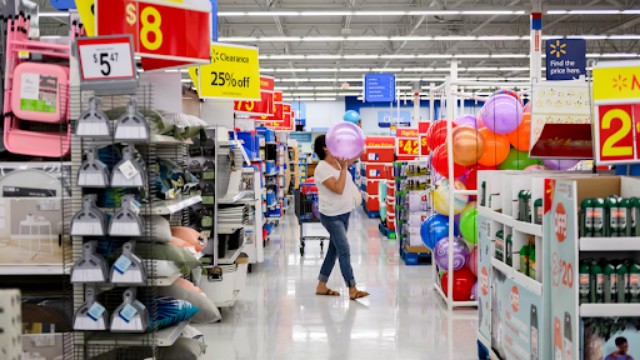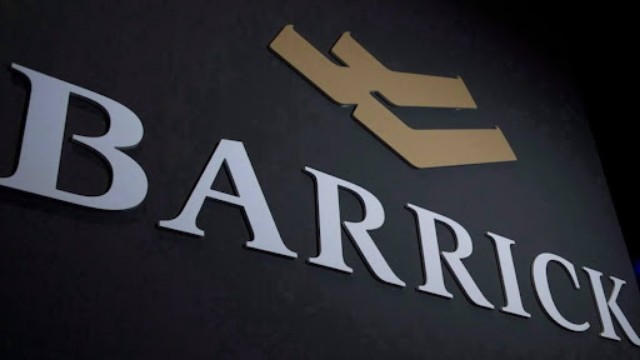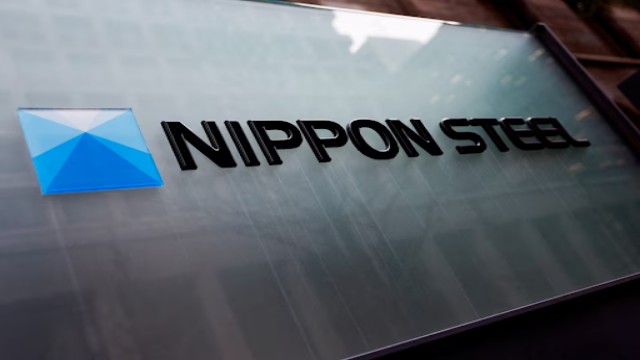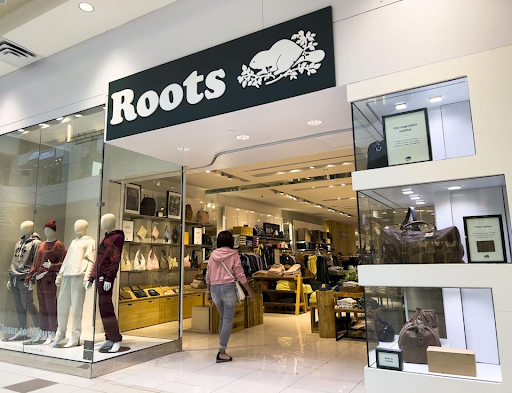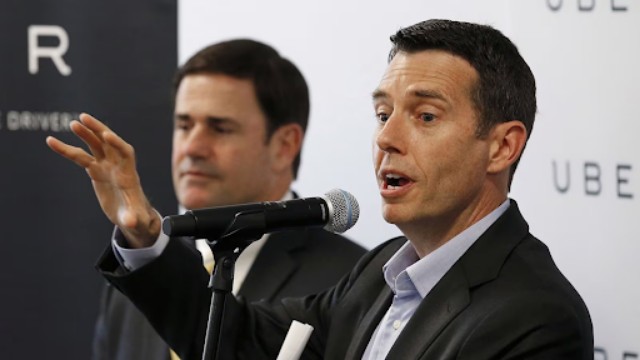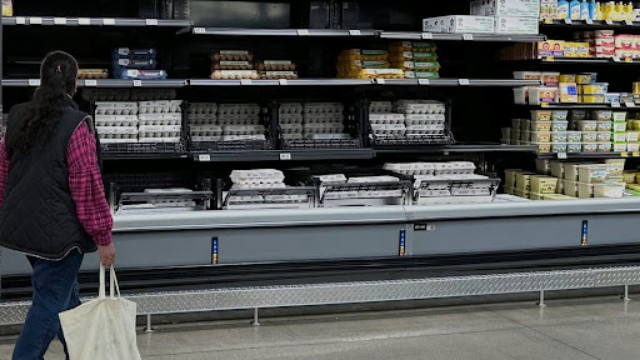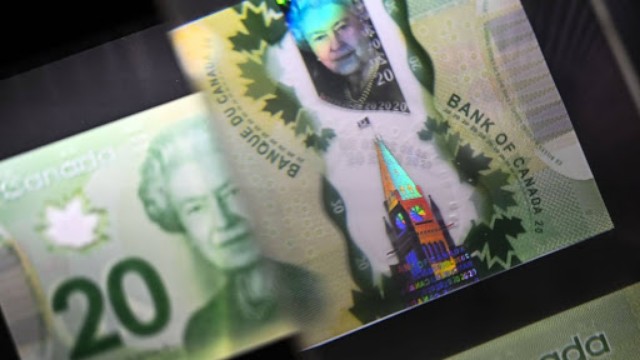
A magnifying glass reveals a close-up view of the Peace Tower hologram on a $20 bill at the Bank of Canada Museum in Ottawa, displayed on Wednesday, September 4, 2024. (Photo: Justin Tang / The Canadian Press)
The federal government has promised to roll out open banking—also known as consumer-driven banking—at the “earliest opportunity”, as concerns rise over delays and fading momentum around the initiative.
Open banking allows Canadians and businesses to securely share financial data with trusted third-party providers, such as budgeting apps and fintech platforms, without relying solely on traditional banks. This system can help users view their full financial life in one place, and even build credit scores by paying rent on time.
Several countries have already adopted open banking systems. Canada took its first step last year by passing part of the legislation required. That move gave the Financial Consumer Agency of Canada (FCAC) the authority to lead the framework. But to make open banking a reality, another key piece of legislation is still missing: one that sets accreditation rules for service providers and standard guidelines for financial institutions.
Since the federal election, little has moved forward. The Liberals remained in power, but the issue wasn’t even mentioned in their election campaign. The absence of a spring budget also left many wondering if the plan had been sidelined.
Natacha Boudrias, who heads open banking strategy at the National Bank of Canada, says the industry lacks clear direction. She believes the spring election slowed progress and hopes the government restarts the process before it gets trapped in endless consultations.
Still, Finance Canada maintains that it remains committed. In a public statement, the department said the rest of the framework will be introduced soon to help Canadians reduce financial stress and make smarter money decisions.
In the meantime, the National Bank has taken its own steps. It has created a secure platform that allows fintechs to connect to their systems—with the user’s permission—to share data safely. This is far better than the current method, known as "screen scraping," where users have to share full login credentials, risking privacy and giving up all control over their data.
Boudrias said open banking offers a safer alternative. Instead of a data flood, users would choose what they share, for how long, and with whom. “It’s about putting trust rails in place,” she explained.
Shereen Benzvy Miller, head of the FCAC, echoed these thoughts in a speech at the Open Banking Expo in Toronto. She noted that while Canadians already use fintech services, many remain unaware of the risks. The agency plans to boost public understanding and establish a registry of approved fintechs. These companies will receive an official seal of approval to help consumers recognize who to trust.
The FCAC is also collaborating with Finance Canada to finalize the rules of the new system. But without the final legislation, their hands are tied.
Alex Vronces, executive director of Fintechs Canada, who has championed this cause for seven years, says he’s cautiously optimistic. He believes Prime Minister Mark Carney, who oversaw open banking in the UK as Bank of England governor, will support the initiative here too.
Vronces sees this as a crucial moment for Canada’s financial landscape. With global economic pressures mounting, he argues that open banking could force Canadian banks to modernize and innovate by competing with agile fintech firms.
He remains hopeful that the missing legislation will be introduced in the fall budget. “The hard part’s done,” he said. “Now they just need to hit print.”



